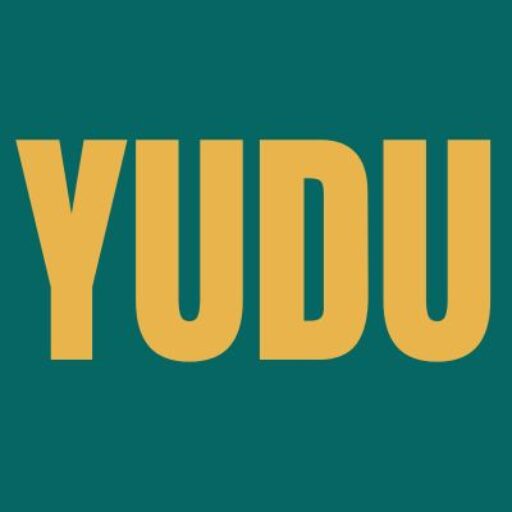One of China’s largest shadow banks, Zhongzhi Enterprise Group, has recently made significant strides in its bankruptcy proceedings. With a staggering $64 billion in liabilities, the group’s extensive overseas assets now present both opportunities and challenges for local law firms and special asset investment institutions.
On June 25, 2024, Zhongzhi Enterprise Group announced a pivotal development in its bankruptcy case. A social media notification revealed that the group, along with 247 associated companies, had filed for substantive consolidated bankruptcy liquidation. This move, reported by the BBC on January 5, 2024, comes after a Beijing court accepted Zhongzhi’s application, highlighting the group’s substantial lending to real estate firms. The report also noted that in a letter to investors in November, Zhongzhi disclosed that its liabilities had far exceeded its assets, estimated to be around $38 billion.
The rise of shadow banking in China can be partly attributed to the challenges non-state-owned businesses face in accessing traditional bank financing. The country’s largest banks are state-owned, and this dynamic has driven many businesses towards shadow banking. Additionally, China’s vast property sector has been ensnared in a crackdown on shadow banking, a tool frequently used by real estate companies to purchase land from local governments. CNBC‘s coverage on the matter underscores the complexity of the situation and the broader economic implications.
The Beijing No. 1 Intermediate People’s Court, in its announcement, detailed the findings of Zhongzhi’s bankruptcy administrators. They discovered significant interconnections and a high degree of mixed corporate personalities among Zhongzhi and the other 247 companies. It was determined that separate bankruptcy liquidations would be detrimental to the fair settlement of all creditors’ interests, leading to the request for consolidated bankruptcy liquidation, which the court granted.
The bankruptcy administration is being handled by Beijing Dacheng Law Offices, previously the Chinese office of Dentons. Although the two have since separated, they maintain a close working relationship. Dacheng’s role is critical, given the intricate web of assets and liabilities involved in the proceedings.
Zhongzhi’s ambitions once included becoming a global financial giant originating from China, leading to substantial investments abroad. Notable among these is a $1 billion investment in the UK private equity firm XIO Group, with intentions to invest in the Aston Martin plant. This investment turned controversial, with Zhongzhi later alleging fraud and initiating legal action. Furthermore, Zhongzhi is currently embroiled in a lawsuit in New York against former Chinese billionaire Tan Hui, seeking to recover a $450 million debt.
The formal initiation of Zhongzhi’s bankruptcy proceedings has thus created a pressing need to manage and dispose of its overseas assets. This scenario presents new business opportunities for local law firms and special asset investment institutions, poised to navigate the complexities of cross-border asset disposition.
In conclusion, Zhongzhi Enterprise Group’s bankruptcy is a landmark event with far-reaching implications. The handling of its substantial overseas assets will require meticulous legal and financial strategies, opening up new avenues for professionals in the field. As the proceedings unfold, the global financial community will be closely watching how these assets are managed and the precedent this case sets for future cross-border bankruptcies.

